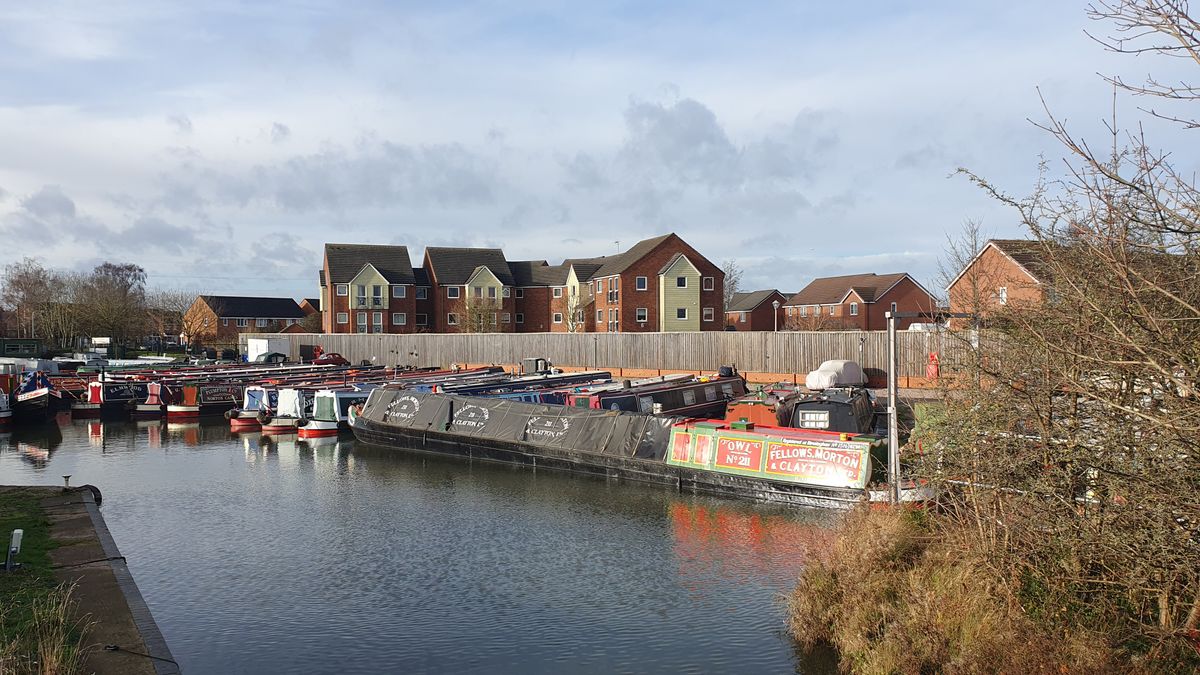My thoughts on CRT Disposals
My thoughts on Facebook (yuck!) and the sale of Canal and River Trust property.

I'm going to have a little rant....
Last night I visited Facebook. Big mistake. Some of you may know that I left Facebook for personal reasons. Despite my better judgement I have been popping back once a week on Fridays and sharing a post about this site, to reach out to former members of my Facebook group who might not know that I'm here. Last night I was notified that there were some comments on my post, so I went to check whether I needed to respond to anything. Were they lovely questions, positive comments, and thank yous? Nope! They were nearly all negative comments about the CRT selling off its assets.
First can I say I am not a CRT employee and do not speak for them in any capacity. The following comments are my personal opinion. I just happen to be a CRT volunteer on the towpath taskforce. What I do know, is that CRT employees and volunteers work really hard to keep the canals going. I don't think there can be any doubt that we all care about the canals, the heritage, and the wildlife, in some way. I don't suppose that it makes anyone in the estates office "happy" to sell off CRT property, as one respondent commented. I know it's just a turn of phrase, but it's flippant, rude, and inflammatory. Facebook is full of that kind of stuff and I don't want to add fuel to the fire, so I decided to respond here instead.
The first thing to make clear is that the Canal and River Trust 's property disposals are tightly controlled by Charity Law. The sale or lease must be in the charity’s best interests. And if you want to sell property that your governing document says must be used for a particular purpose, you have to get Charity Commission approval too.
The reasons for the property sales vary. Some properties have no further use to the CRT, others are an actual drain on resources. Some properties are sold to create commercial schemes which will generate an ongoing business income for the CRT. Often, the new owners invest in the properties and sometimes they develop surrounding brownfield land which can benefit both local communities and waterway users.
The CRT constantly faces difficult decisions about how to raise money and spend money, and I'm completely certain that the sale of assets is never undertaken lightly. The CRT are currently threatened with losing significant amounts of government funding at the end of their current contract in 2027, which is making the problem of CRT funding even more critical.
Sale of redundant property generates much needed capital that is then reinvested into the waterway maintenance programmes, which boaters most certainly want. As far as I'm aware, the fact that licence fees form a large part of the CRT's income plays no part in selecting which the CRT's property assets to retain. Surely this income is best used specifically to maintain the waterways, locks, and bridges, rather than to keep buildings? In fact, the more boaters use the canals, the heavier the toll on the infrastructure and the more money is needed.
Finally, it should be noted that most of the CRT's historic properties are Listed, so the canalside heritage will be protected from harm whether it is CRT owned or not.
It is a difficult balancing act to protect the canals for all the different user groups, and it's hard to see what alternatives we have, but I do trust that the CRT is genuinely doing the best it can to manage and protect the network for current users and future generations.
